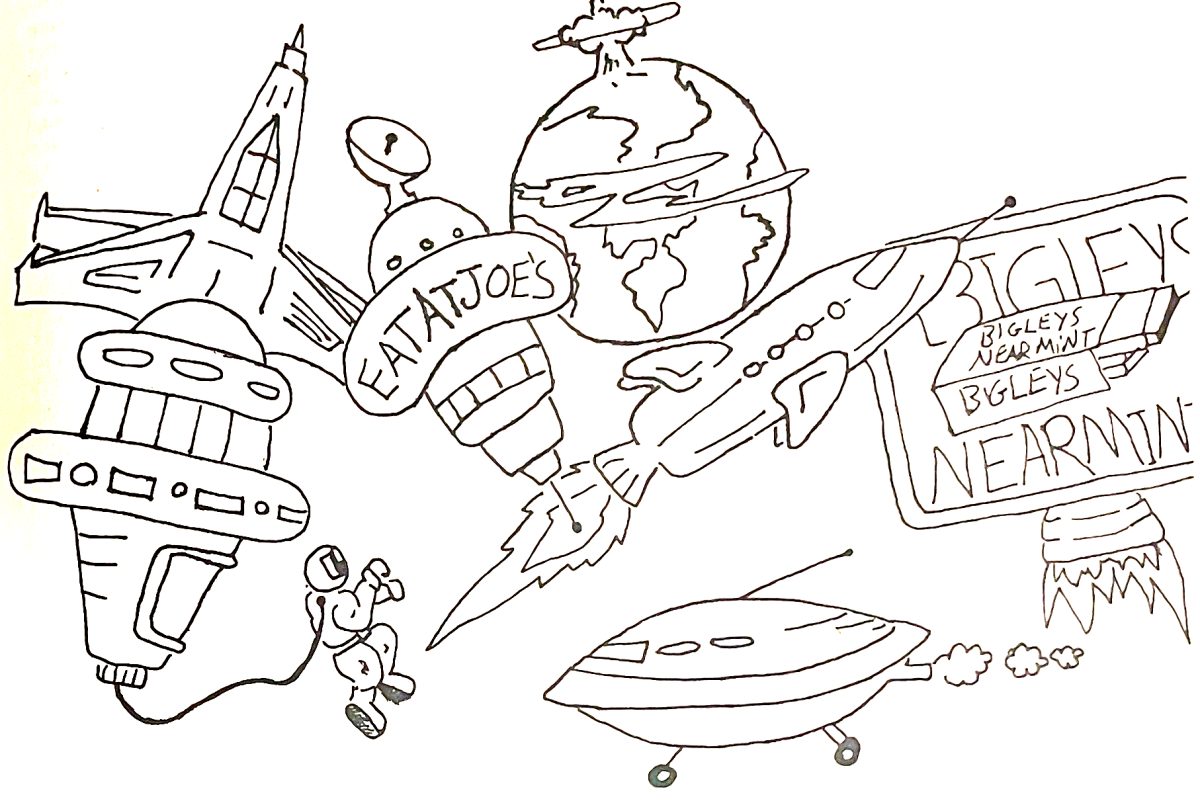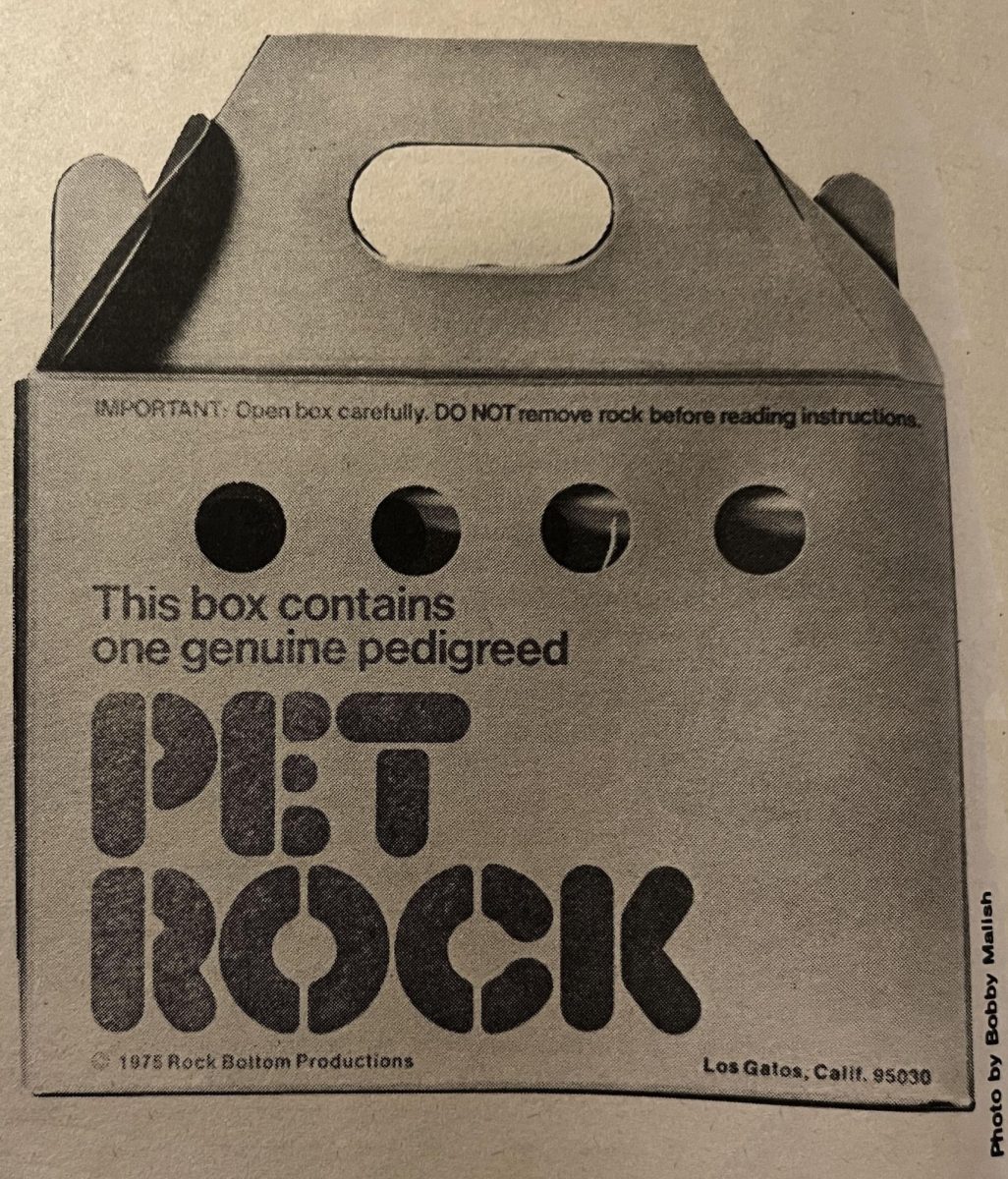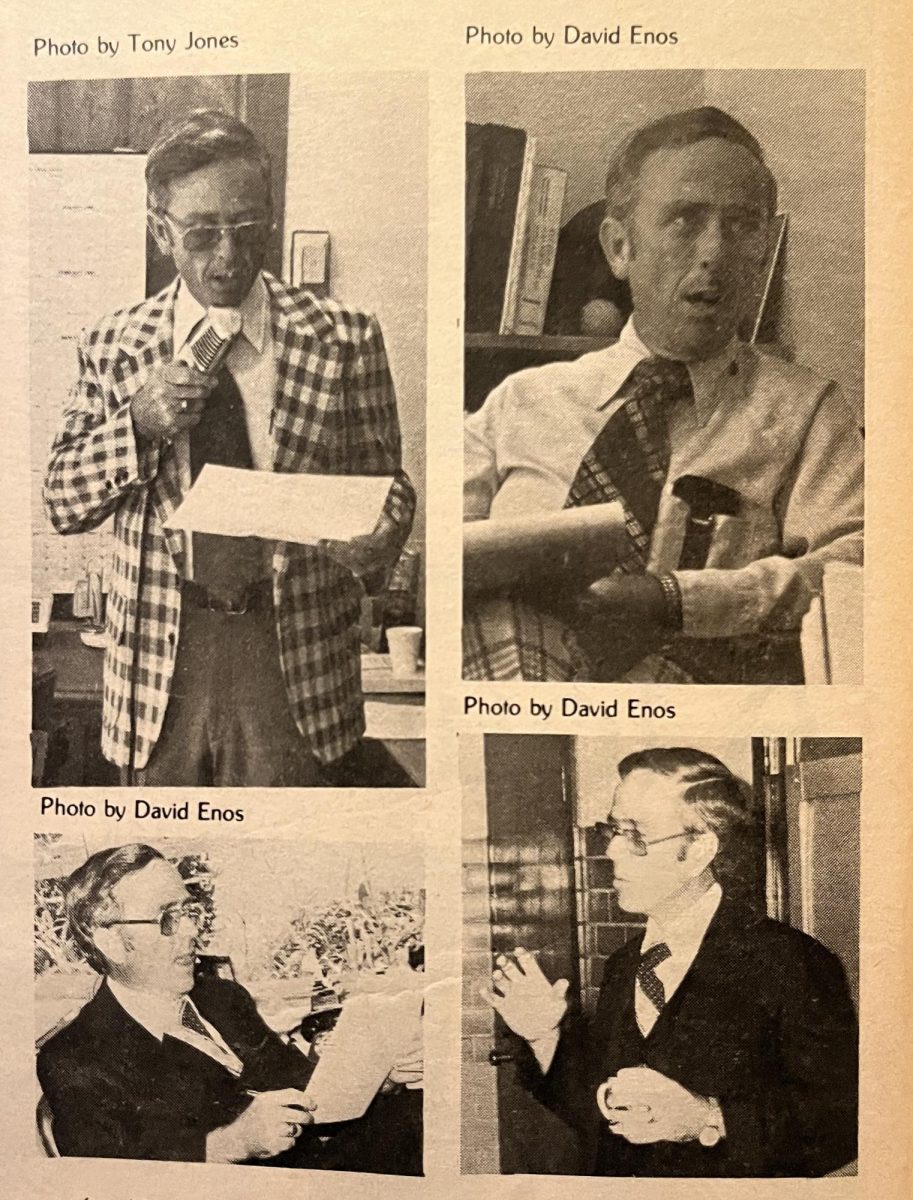Someday Jane, a genetically engineered girl, will wake up in her as-of-yet not discovered element house, put on her climate-controlled jumpsuit and pop an insta-breakfast (ready from a capsule in only 10 seconds and tastes just like Mom used to make) into the insta-oven.
Then the family’s late-model robot model 12MNX500 will serve her, clean her dishes and hand her her school disks. Jane will leave her house (which will automatically turn off all the lights and appliances) and step into the pollution-free air (provided by a bubble that also blocks harmful radiation).
Jane will then get into her solar-powered air-car. She will sit back and tell the car where to go, and as it drives itself, she will call up a friend on her videophone.
All of this may seem far-fetched, and it is. None of these advances are expected within the next 10 years, but in 50 to 100 years, some may be possible. They will be possible because in the next decade, as in the past one, numerous advances are expected to be made in the field of technology. So someday, Jane may be a reality.
Communication sees changes
One change that is already occurring that will have massive future implications is Integrated Services Digital Networks (ISDN). This is a computer-based telecommunications network that many of the phone companies will put into use.
Developing “smart” phones that can do more than today’s is a part of the process. “Smart” phones that can display the number of the calling party are already available in some places. Once it becomes widespread, ISDN will change many methods of communications into digital operations.
“It’s taking place right now. It’s going from analog to digital and ISDN,” Dr. Alfred Norman, UT Austin informational society professor, said. “They are going to integrate data and voice and slide type of images. It will take about 20 years before households and everybody gets integrated. The next step is we can put up fiber optics, and then we’ve integrated videos with everything else.”
Science and technology
According to American Renaissance by Marvin Cetron and Owen Davies, the use of cords and for telephones and other methods of communications will be reduced. Digital technology will take over. Radio will also begin to use digital technology in order to reduce overcrowding of air frequencies.
But first, in order for any of this to happen, fiber optic cables will need to replace copper ones in phone lines. When this occurs, the lines will no longer only be limited to telephone communications. Fiber optic cables are already being installed in some parts of the country. Once the lines exist, technological advances in visual communication will be the one of the first major advancements.
“Today you rarely ever use video phones because they would be very expensive. Once they start running fiber optic cables, then the cost will be much like talking phones today. People really haven’t considered the full impact of video communications,” Norman said.
“In the 1990s, personal computers will cease being passive systems that wait patiently for the touch of someone’s fingers on their keyboards,” Cetron said. “They will be versatile, interactive powerhouses. They will understand what you say and respond in your choice of voices.”
Still, a computer that can emulate human behavior is many years off. Scientists today know very little about the human brain, and until they know more about how it works, trying to duplicate it artificially will be very difficult.
DNA, genetics to be explored
Bio-technology is also a field in which advances are expected in the next 10 years. Smaller, more effective mechanical organs are in development, and eventually a successful mechanical heart may be developed that will allow a patient to live an almost normal life.
“Even artificial senses should be in common use at the end of the century,” Cetron said. “At the top of the list is the electronic car wired directly into the cochlea. The result is something like listening to a poorly tuned radio-a long way from normal hearing, but a big improvement on total deafness.”
Medical advances are also being made. Unfortunately though, no one can predict whether there will be a cure for cancer of AIDS in the near future.
Genetics is another field that should expect many advances. In January of last year, scientists launched a $3 billion project to map that human chromosomes.
“Full translation of the genetic message would enable medical researchers to identify the causes of thousands of still mysterious inherited disorders, both physical and behavioral,” Time magazine said in its March 20, 1989 issue.
This project will ultimately allow people to not only know ahead of time whether their children may have a disorder, but to actually change a defective chromosome.
According to Time, one of the earliest benefits of the project will be just the identification of more defective genes than the ones that are detectable today. Eventually people may have access to computer readouts of their own genetic makeup with interpretations of their strengths and weaknesses.
Future brings hi-tech gadgets
The American home may look slightly different also by the year 2000. More people will have computers and high tech appliances. Today’s high tech appliances will also probably see improvements.
The microwave’s popularity is steadily growing and will continue to do so. There is already a growing trend to buy prepackaged microwaved food which may or may not taste like what they are labeled. This trend will undoubtedly grow. More advanced versions of the microwave may also enter the market, and hopefully food producers will create more palatable foods to go along with them.
Then there is entertainment. Already compact disks have taken a large market share in the music business. Also, other forms of very high quality musical recordings already exist which have not been marketed. The quality of sound people will be able to achieve in their own homes will only improve.
So will the quality of television. High Definition (HD) TV has been developed in Japan, and it is only a matter of time before the U.S. is able to use it. By the end of this decade, HD TV will probably replace the television sets in most homes today.
Norman also predicts that televisions will become more interactive and will have controls similar to a computer.
A solar-powered car already exists, but it carries a hefty price tag. It is only a matter of time before a car that can run on something other than gasoline in developed and is available for a reasonable price.
This article was published in The Shield on Apr. 20, 1990.








